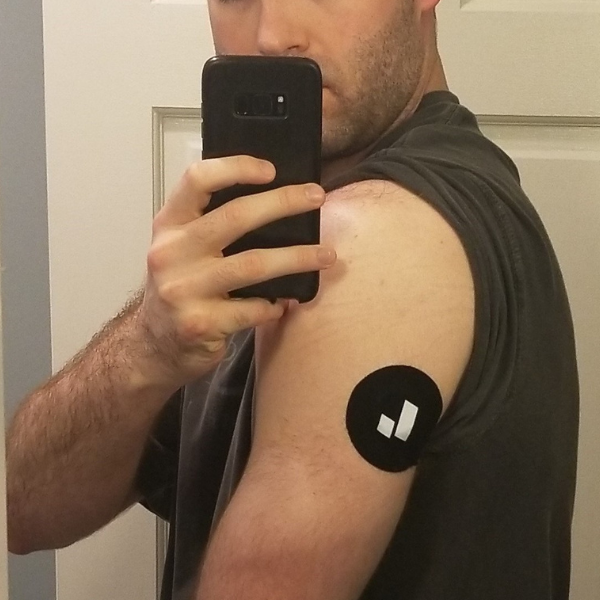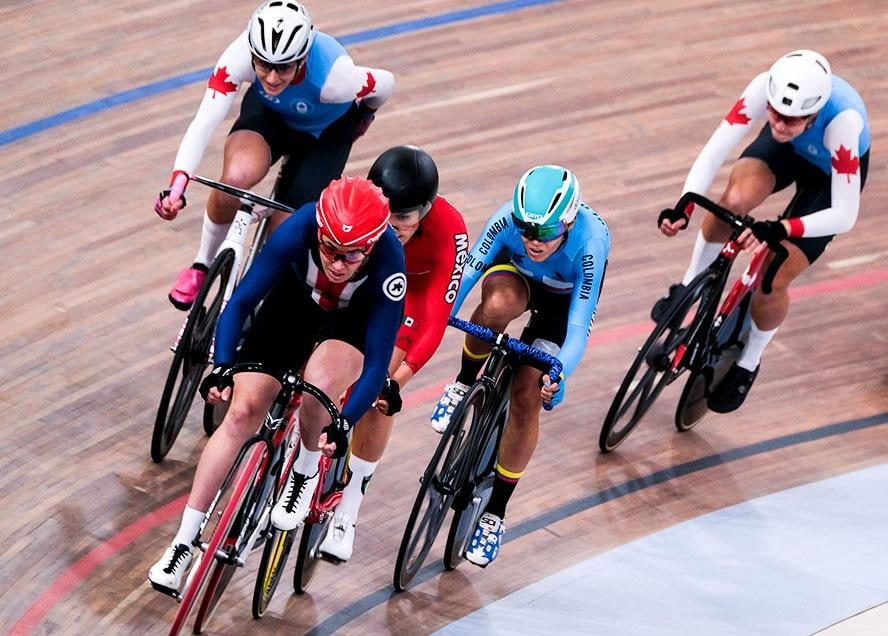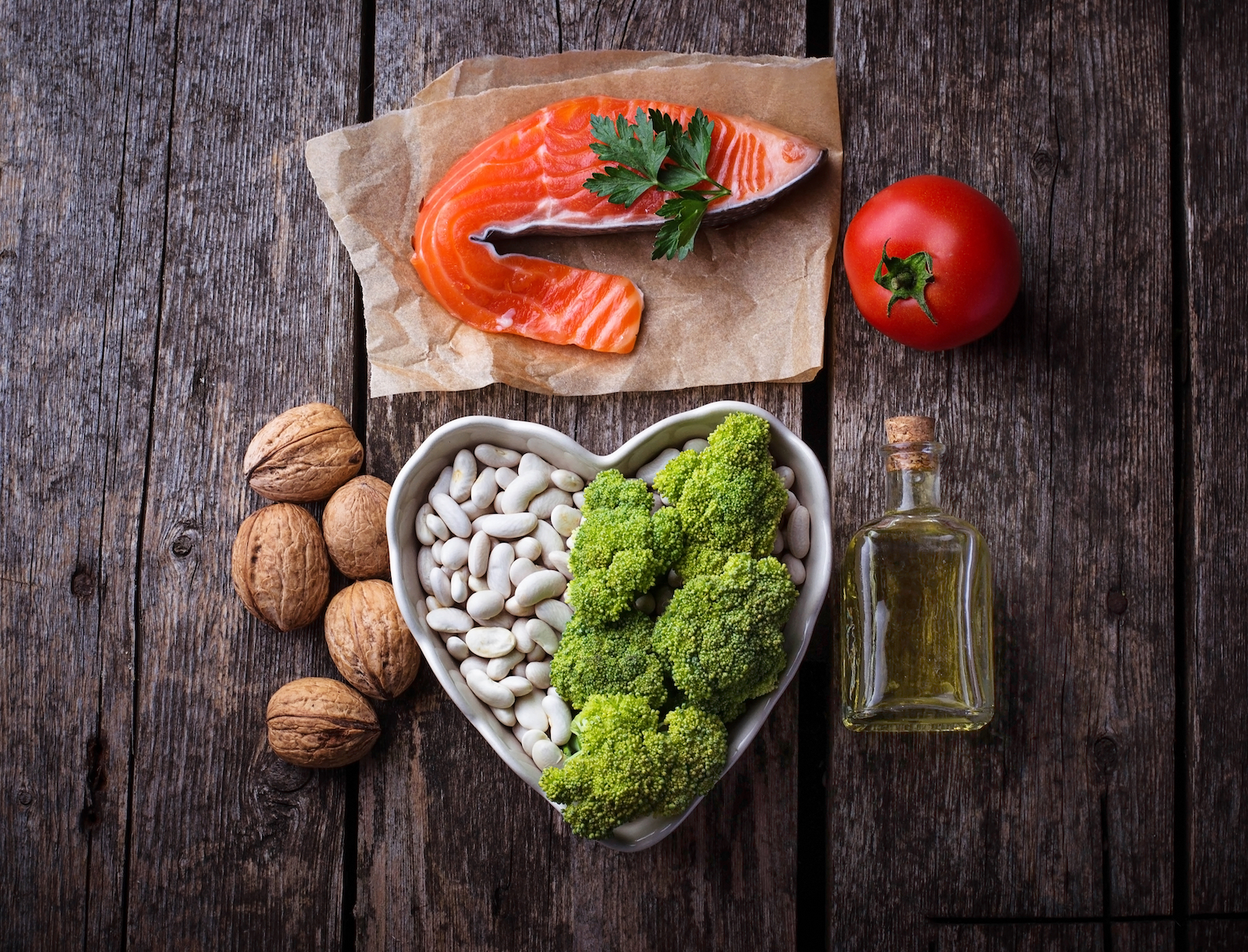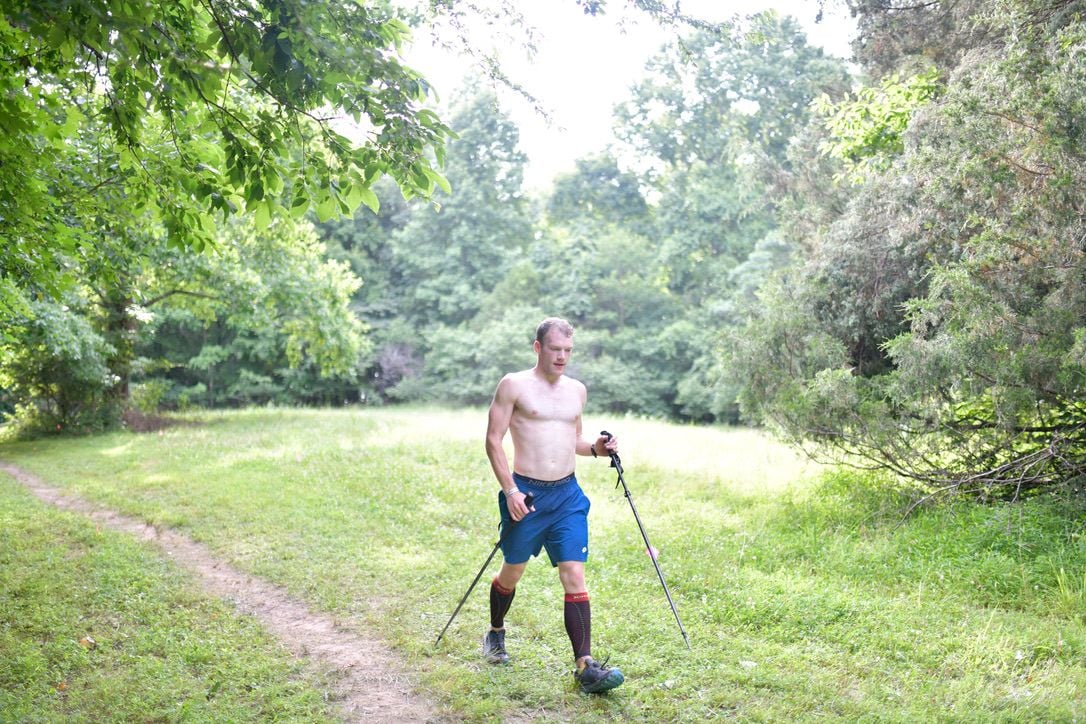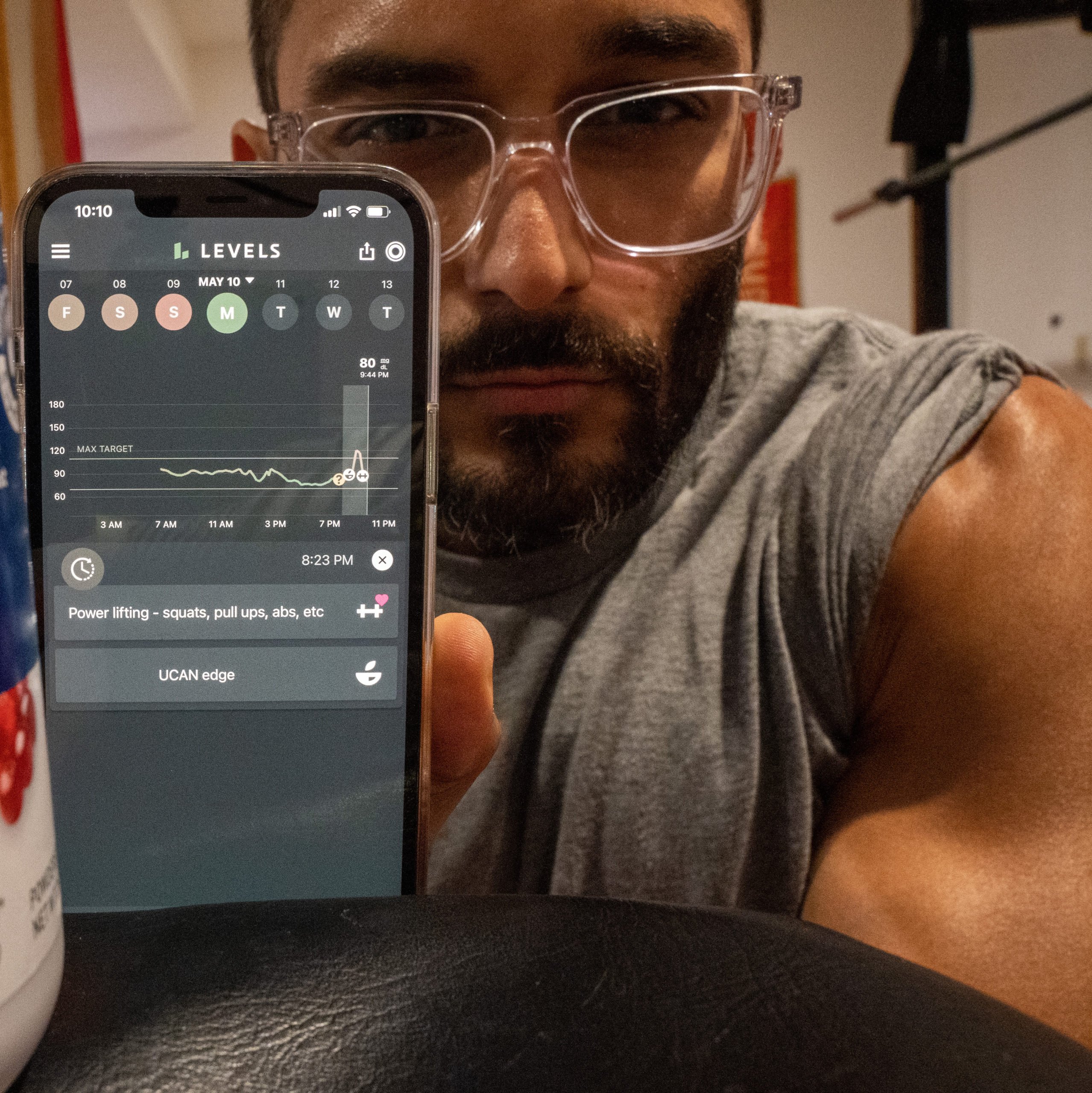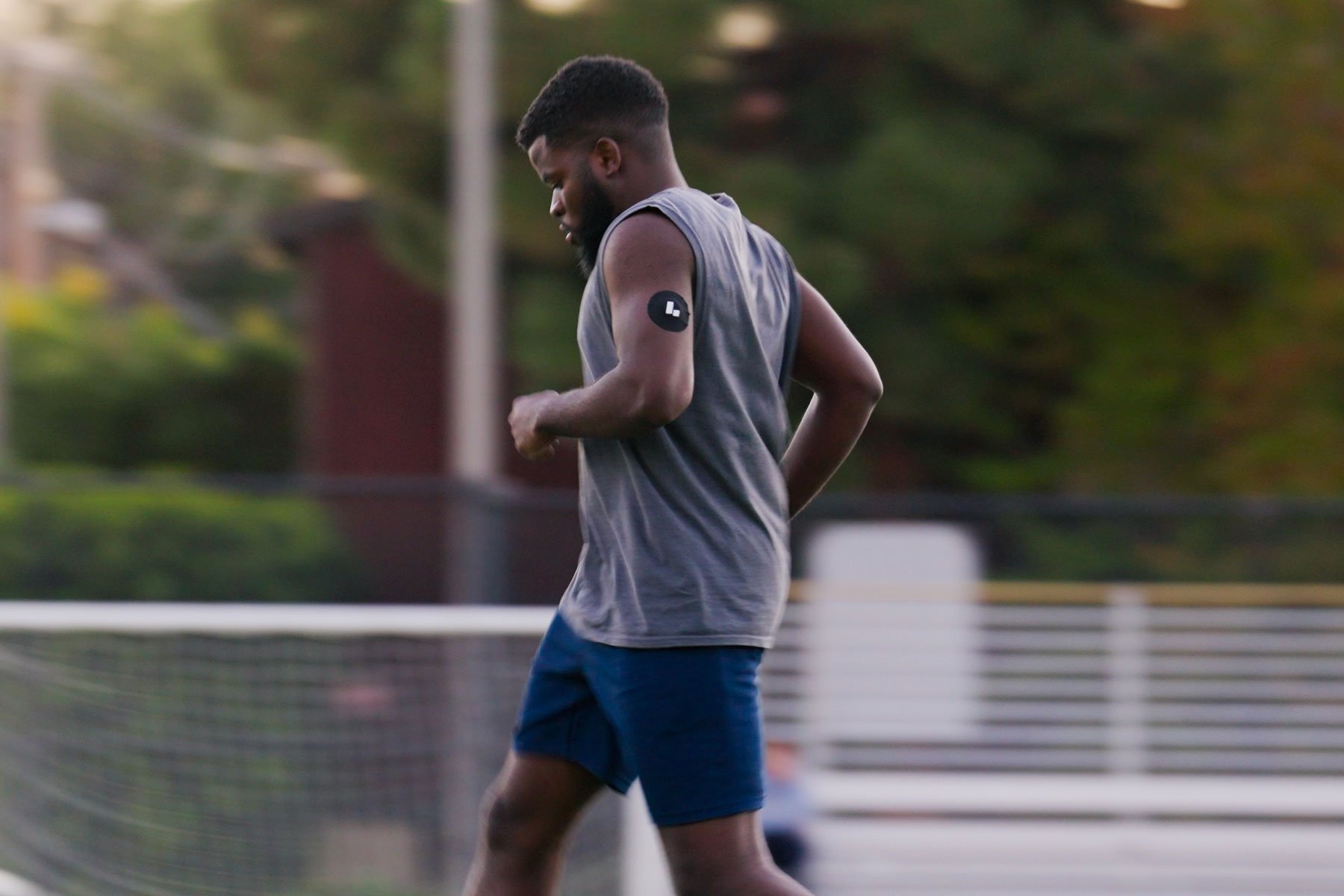I never thought I’d have a tiny probe stuck in my arm for 28 days. I’m not diabetic or even prediabetic. But when I stumbled on the chance to wear a continuous glucose monitor (CGM) as part of a challenge partnered with Levels, I jumped on it. I’ve been conscious of blood sugar my whole life because I suffered from spells of hypoglycemia as a child.
Hypoglycemia is when your blood sugar drops below 70mg/dL. I still don’t know why it happened, but it wasn’t fun. When my glucose levels dropped too low, I’d experience cold sweats, lightheadedness, trembling hands, and an elevated heart rate. These symptoms were likely the result of my body releasing epinephrine (adrenaline) to stabilize my blood glucose.
Over the years, I started to pick up on which foods caused my blood sugar to crash. The biggest culprits were cereal for breakfast and sweet tea later in the day. Every time I ate a big bowl of cereal before school (usually Frosted Mini-Wheats or Honey Nut Cheerios), I would crash around 10:30 a.m. like clockwork. Sometimes the crashes were so bad that I thought I might pass out, so I’d call my mom to check me out of school.

Experiencing low blood sugar not only made it hard to focus but was, quite frankly, a scary experience for someone who didn’t understand what was going on. After missing a few classes from these episodes, my mom decided it was time to change my diet.
I went from eating cereal in the mornings to eggs, bacon, and fruit (berries or avocado) and cut out the sweet tea (tough to do for a boy raised in Alabama). Once I made those changes, the crashes stopped, and I had energy throughout the day.
At the time, I didn’t fully understand why the switch worked, but I did understand even at a young age that consuming a bunch of carbs and sugar wasn’t good for me. Since then, I’ve become fascinated with maintaining a healthy lifestyle and finding ways to improve my health. My curiosity for seeking ways to optimize my diet is what eventually led me to put a CGM on my arm.
The Challenge
I first learned about the 28-day Wearable Challenge from following Justin Mares on Twitter. I’ve followed Justin for quite a while since he knew a lot about the health-and-wellness space after founding two health food companies, Kettle & Fire and Perfect Keto.
In October, Justin shared an interesting tweet about a weight-loss challenge that only required participants to track their blood glucose with a Levels CGM. After reading the tweet, I knew this was something I had to try. Even though the challenge focused on weight loss, I enrolled immediately because I wanted to experiment with a CGM to see how my body reacts to my diet.
“I’ve reconsidered the idea of a cheat day. I still plan on enjoying the occasional night of pizza and beer or tacos and margaritas, but a cheat day isn’t just a day. Now that I’m aware that the effects of an unhealthy meal can last for 2-3 days, I better make sure that the meal is worth it.”
The challenge required me to keep my glucose levels below 120mg/dL even after a meal. For every day I went over, I’d lose $25 (talk about having skin in the game). The challenge started with a three-day grace period, so I could experiment with my diet to see how it impacted my glucose without getting penalized.
(For context, according to the International Diabetes Federation (IDF) guidelines, your glucose values are “normal” if they stay below 140mg/dL after meals and return to pre-meal levels within two to three hours. Since this is a challenge geared towards weight loss, the upper limit was set slightly lower.)
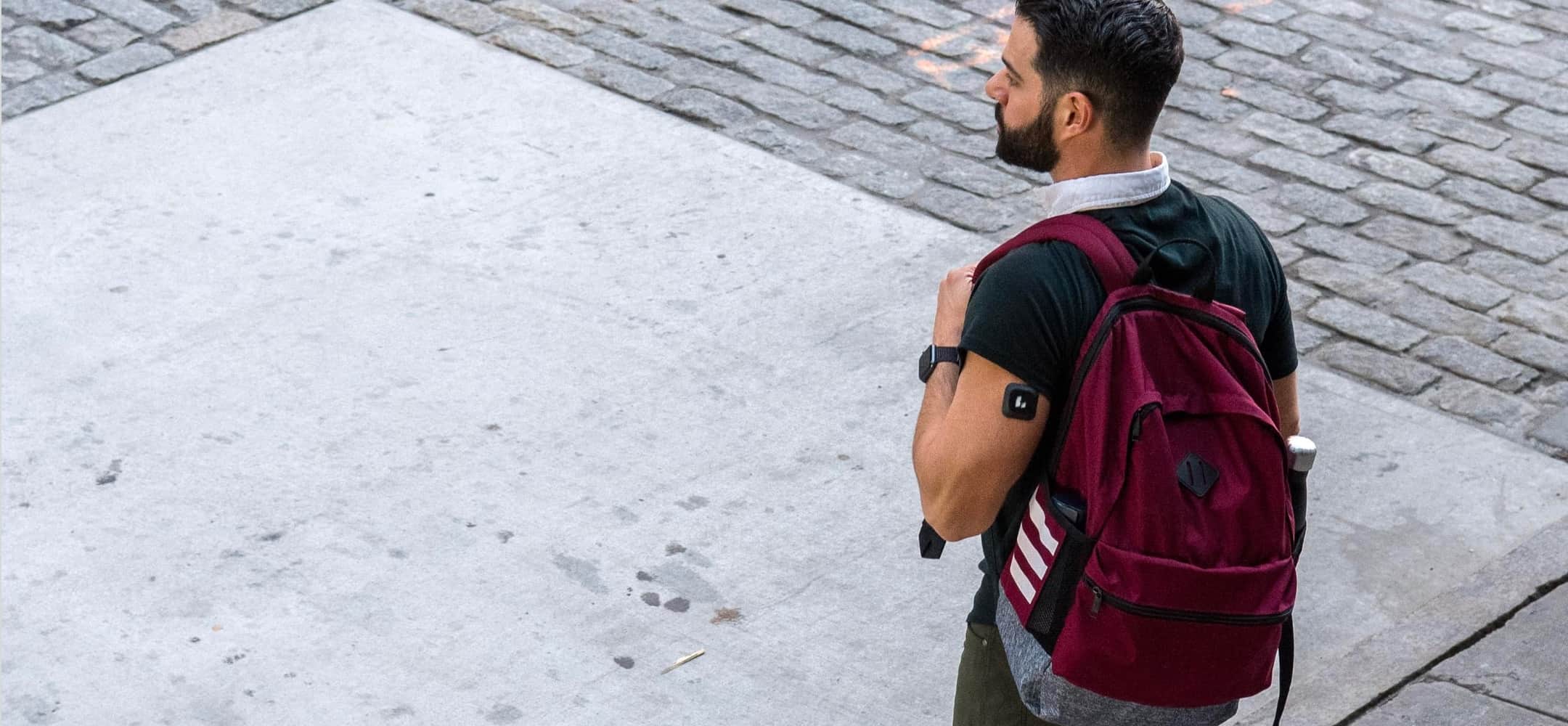
What should your glucose levels be? Here’s the ultimate guide to healthy blood sugar ranges
Fasting blood sugar levels classify into 3 categories: normal, prediabetes, and diabetes. To be considered “normal,” fasting glucose must be under 100 mg/dl.
Read the ArticleTo help stay in the target range, each member of the challenge had access to a WhatsApp group chat to support each other. The group chat was a place for members to share what diet was working well, vent their frustrations when they failed, and provide a positive environment for motivation and encouragement. This aspect was less useful for me (I ended up muting it after a few days) because my goals were different. Still, I could see how much other members appreciated the accountability and support.
What I Learned
Overall, I found the challenge to be a learning experience filled with joyful moments of self-confirmation, times of utter disappointment, and a few surprises in between.
The Good
The best news was discovering that my typical breakfast of three eggs, bacon, and half an avocado drizzled in olive oil caused almost no glycemic response, nor did my afternoon snack of raw almonds. The app showed that these foods consistently hit a perfect score. Since I eat these foods most often, it was comforting knowing that I had a strong foundation.
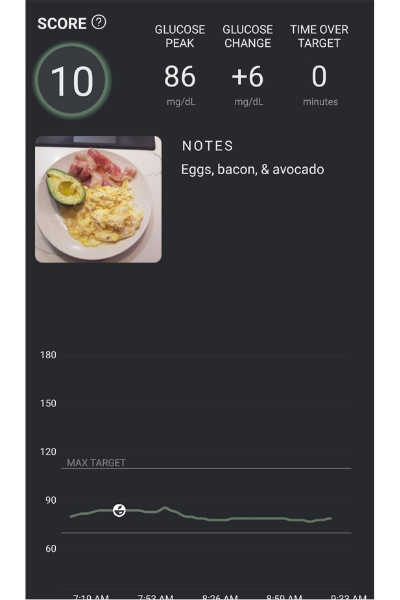
The challenge also confirmed my belief that eating a low-carb paleo/keto-inspired diet consisting of mostly meat, vegetables, and healthy fats (olive oil, coconut oil, and butter/ghee) was optimal for maintaining consistent glucose levels.
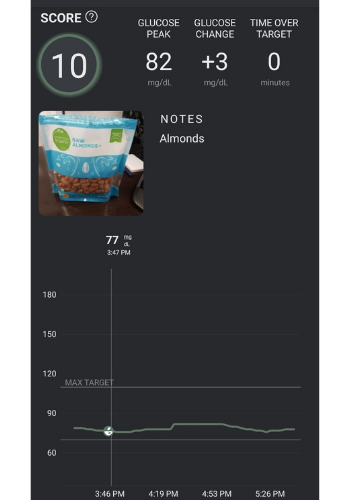
Over the past four years, I’ve made a conscious effort to cook meals that avoid simple carbs, vegetable oils, and sweeteners, and it felt really good knowing I’d been making the right choices.
The Not-So-Good
The foods with the most considerable impact on my blood sugar were white rice and craft beer, although I can’t say I was surprised. Unfortunately, I love both of these things (so long Chipotle burrito bowls). It was disappointing to finally have to stare down the truth instead of continuing to live in willful ignorance.
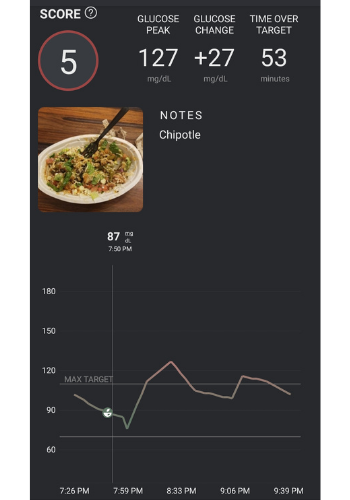
I was also disappointed to learn how much sweet potato spikes my blood sugar. I knew sweet potatoes had a lower glycemic index (GI) than regular potatoes, but they still pushed me over the limit. I plan to keep them in my diet but will be more conscious about how often I eat them.
The Surprising
The biggest surprise of the challenge was discovering that quality tequila (G4 Reposado) had almost no effect on my blood sugar. Tequila that is 100% agave has zero carbs because of the distillation process (an average craft IPA has around 13g of carbs). Since beer is my usual go-to if I want a drink, I was happy to learn there was a healthier substitute I already enjoyed.
I also recognize I need to be careful here. Just because I didn’t experience a glucose spike doesn’t mean I didn’t have a biological response. Research suggests that alcohol decreases the liver’s ability to make new glucose, so it can trigger hypoglycemia, especially if you’re fasting or in a ketogenic state.
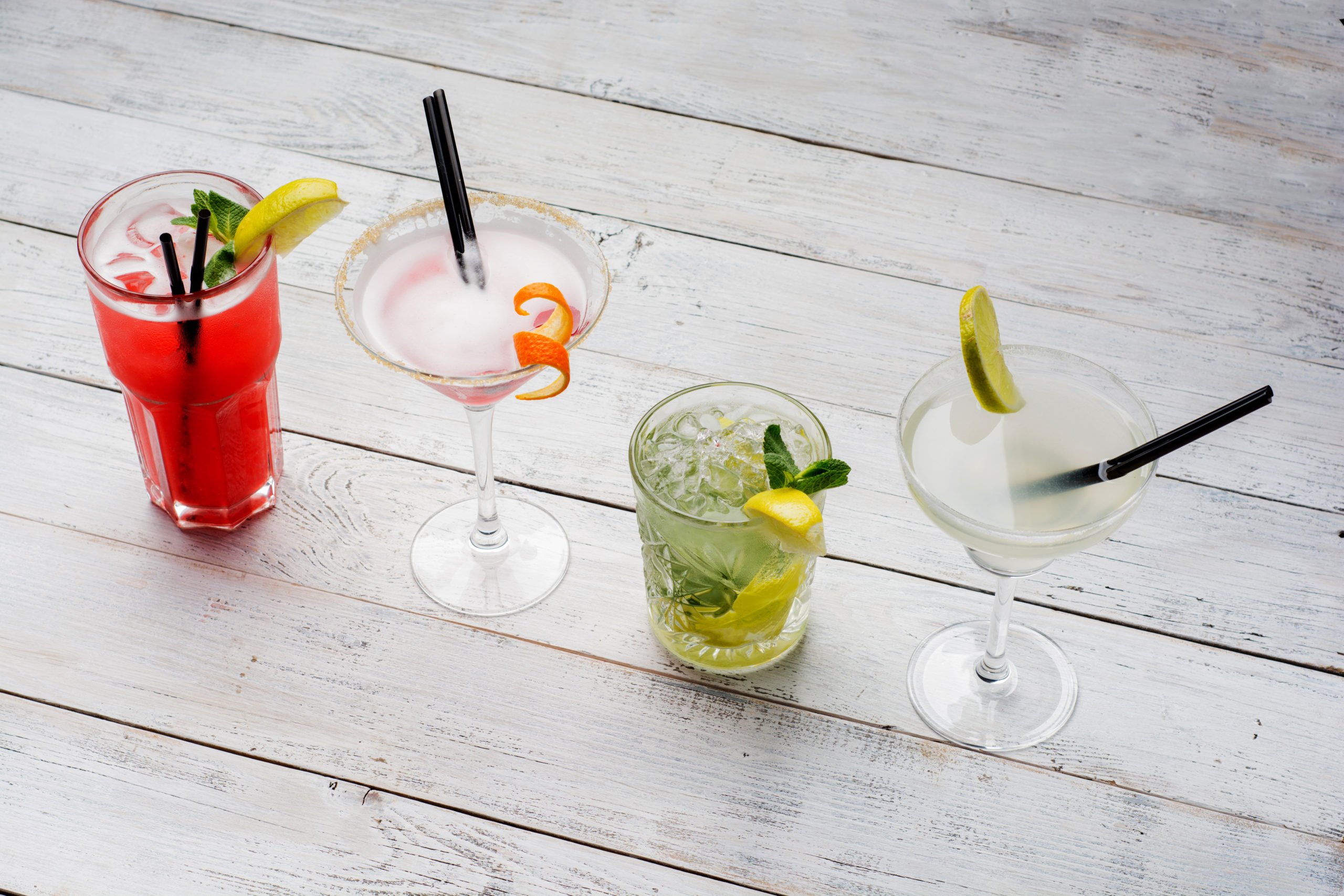
What does alcohol do to my glucose levels?
Alcohol's effect on your blood sugar has a lot to do with context: how much you're drinking, if you're fasting and the type of alcohol.
Read the ArticleAnother big surprise was discovering that my glucose levels aren’t just impacted by what I eat but also when I eat. I confirmed this because I meal prep twice a week to save time by eating the same meal multiple days in a row. (You may find that boring; I find it efficient.)
Eating the same thing for lunch and dinner on several challenge days was great for understanding how my body responds to food at different times of the day. All else being equal, my glucose spikes more after dinner than it does for lunch—sometimes by as much as 20mg/dL!
Even more surprising was noticing how little change there was from eating the same meal from day to day, but then having a large variance between lunch and dinner. I’m sure there’s a reason why, but I couldn’t tease a convincing explanation out of the data.
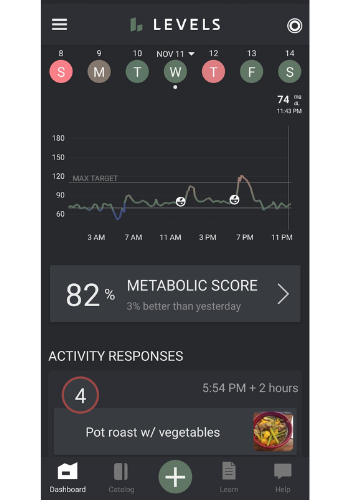
What’s Changed
Since the challenge ended, I’ve made a few adjustments to my diet. I’m not one to make radical changes (like cutting out a particular food from my diet forever), but now I’m more careful when I still want to splurge. Here are some of the changes I’ve made:
- If I’m going to drink, I opt for quality spirits (neat or on the rocks) over craft beer or cocktails loaded with sugar.
- I’ve reconsidered the idea of a cheat day. I still plan on enjoying the occasional night of pizza and beer or tacos and margaritas, but a cheat day isn’t just a day. Now that I’m aware that the effects of an unhealthy meal can last for 2-3 days, I better make sure that the meal is worth it.
- I need to avoid any sweetened beverage, no matter how “healthy.” Smoothies, sweetened kombucha, and sweetened coffee wrecked my glucose levels, even though they’re often touted as healthy choices. Better to eat my sweets after a hearty meal than to drink them.
- I’m now more conscious of what I order when I eat out. For example, I opt for the salad at Chipotle instead of the burrito bowl. I’ve also switched to eating more sashimi instead of sushi to avoid eating as much rice.
Even though the challenge only lasted 28 days, I learned more about my diet and lifestyle in those four weeks than I had from any previous blood test or book on dieting. The challenge confirmed that I already eat a healthy diet, but I need to make a few changes to ensure a healthy life for decades to come.
To learn more about the 28-day Wearable Challenge, click here.
Adapted from an original post here.
